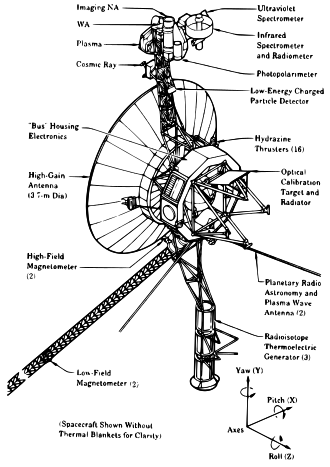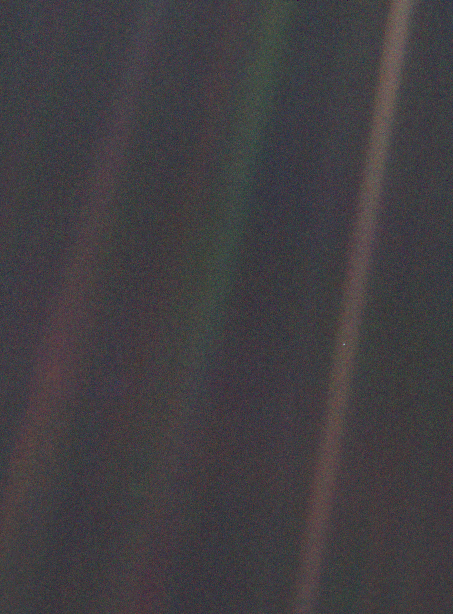In the vast expanse of space, two brave pioneers are still journeying to the unknown depths of our solar system and beyond: Voyager 1 and Voyager 2. These twin spacecraft, launched by NASA in 1977, have been exploring the outer reaches of our solar system for over four decades, providing scientists with invaluable information about our planetary neighbors.

Voyager 1 and Voyager 2 were designed to study the outer planets of our solar system: Jupiter, Saturn, Uranus, and Neptune. But after completing their primary mission in the 1980s, the spacecraft continued their journey into interstellar space, making them the farthest man-made objects in history. They are still traveling to the nearest star from our solar system, Proxima Centauri, and will arrive there in around 100,000 years.
The Voyager spacecraft are equipped with a variety of instruments to collect data about their surroundings, including cameras, spectrometers, and plasma detectors. Among the most famous images captured by the Voyager cameras are the “Pale Blue Dot” image of Earth and the “Family Portrait” of our solar system, which shows the planets as they would appear from the vantage point of the Voyager spacecraft.

One of the most remarkable achievements of the Voyager mission is the discovery of several new moons and planetary rings around the outer planets. Voyager 1, for example, discovered the first evidence of volcanic activity on another planet when it observed plumes of gas and dust erupting from the surface of Io, one of Jupiter’s moons. Voyager 2, on the other hand, discovered ten new moons around Uranus and two new rings around Neptune.
The Voyager spacecraft have also provided us with new insights into the magnetic fields and radiation belts of the outer planets. For example, Voyager 1 detected an unexpected “magnetic highway” at the edge of our solar system where charged particles from inside and outside of our solar system interact. Voyager 2 also detected a mysterious “magnetic bubble” around Uranus that has yet to be fully explained.
“Voyager did things no one predicted, found scenes no one expected, and promises to outlive its inventors. Like a great painting or an abiding institution, it has acquired an existence of its own, a destiny beyond the grasp of its handlers.”
– Stephen J. Pyne
Despite their age, the Voyager spacecraft are still sending back data to Earth, providing us with new information about the region of space surrounding our solar system. The data from Voyager 1 and Voyager 2 have also helped scientists to better understand the dynamics of our solar system and its evolution over time.
The real time distance of voyager can be seen in the following website: https://voyager.jpl.nasa.gov/mission/status/
Leave a comment